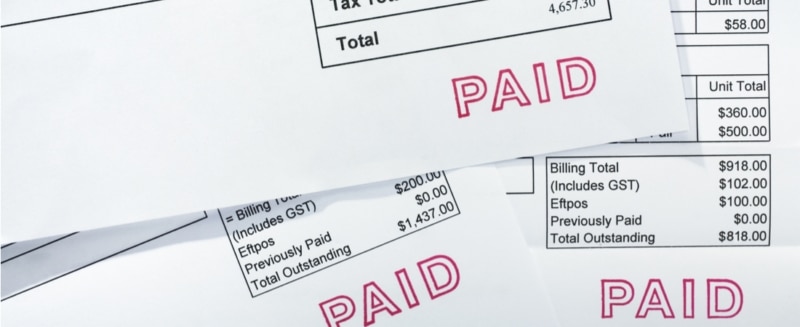Here’s how to confirm your mortgage is paid off. While it’s confusing to walk through the process of confirming your mortgage is paid off, you shouldn’t have to pay anyone to do it for you.
Q: I live in Indiana. Who can I hire to call Fannie Mae to get the facts on the satisfaction of my mortgage? I got a paid in full letter from the lender. The loan servicer is one of the biggest banks in the country.
A: We’re not sure why you need hire anyone to find out if your loan is paid in full or to find out where the paperwork is that shows that your loan is paid in full. While Fannie Mae may be the owner of the paper on your loan, they use your big bank or one of its entities to service your loan.
We’d suggest you call the bank and ask for the lien release department. Your mortgage loan statement — or the last statement you have from them — will have your loan account number and the toll free number to call with loan questions.
Once you get through to that servicing number, you can go through the phone prompts and determine which one gets you to the right department. Frequently, you will hear a prompt for demand or payoff letters. You can start there and try to speak with a representative.
Once you get a real live person, you can ask to speak to someone in the lien release department. You can explain that your loan is paid in full and you are looking to find the release of line on your mortgage. They may also call it the mortgage release or satisfaction of mortgage.
If they tell you that the document was filed or recorded with your local recorder of deeds or other office that handles real estate documents, you might have to check and see if the document was filed or recorded. If the document was filed or recorded, you can get a copy from the recorder’s office or the office that handles the filing of documents. You might even find that document online through that same office’s website.
Sometimes borrowers look at the websites and can’t find the document or the lender never filed or recorded the document. Some lenders mail the document to the borrower and leave it to the borrower to record or file the release document. Some borrower’s get the documents and don’t realize what they have received and throw those documents out. In these cases, the lender will prepare a new document and send it out to you. Once you receive it, you will need to have that document recorded or filed.
Having told you all that, you should check your files and see if you got those documents back from the lender. The lender should have also sent you the cancelled note and the cancelled mortgage or deed of trust. While it would be best practices to have those cancelled documents, if you don’t have them but the release is recorded or filed and you have a final statement that shows that the loan has been paid in full, you should be fine.
One additional piece of information, if you check your credit report at www.AnnualCreditReport.com, you can see what outstanding liabilities you have including what loans have been paid in full. In your credit report you should see an account with the bank showing the original amount of your loan. You will also see that the balance on the account will show a zero and there should be a note on that account that states that the account is paid as agreed.
Good luck.







Leave A Comment